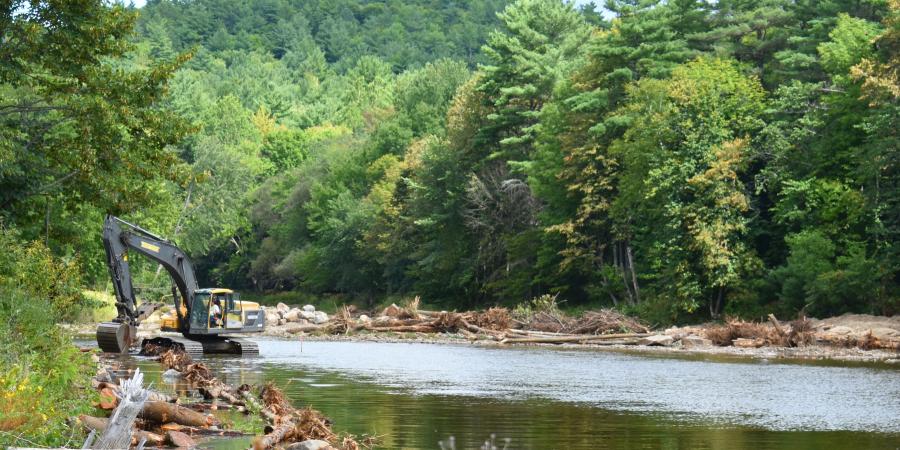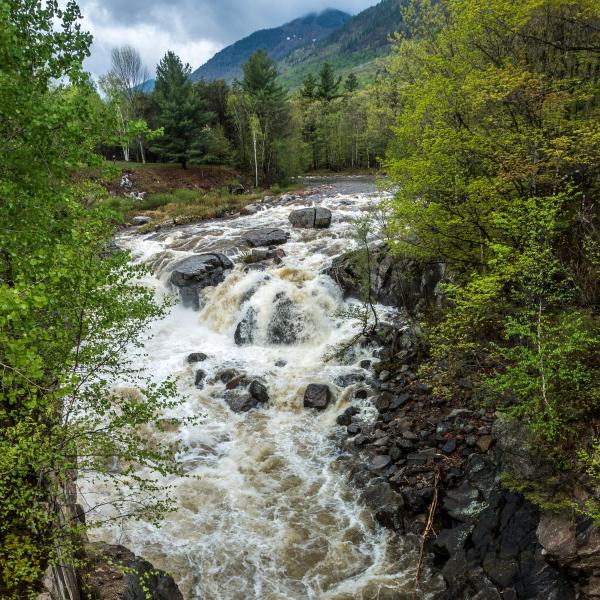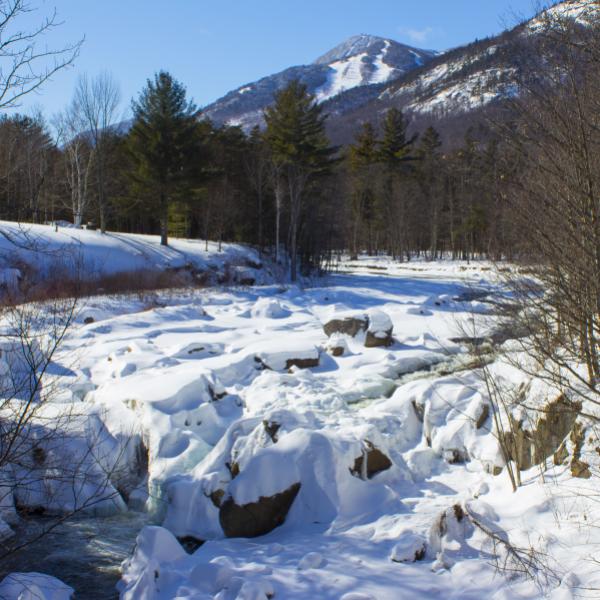Rivers have a straightforward job description. They move water and sediment through a watershed, building and rebuilding the most efficient form to do this work. Ideally, it is done in a way that does not interfere with the aquatic organisms that need healthy rivers to survive. Things get complicated when human settlement and infrastructure impose limits on these dynamic systems. We add impervious surfaces, like rooftops and pavement. We disconnect rivers from their floodplains. We constrict the river channel at road crossings. These human-driven changes can trigger adverse responses that knock these systems out of balance.
One common symptom of environmental degradation in rivers is severe erosion on the outside of a bend in the river. When water moves around a river bend, it moves at a higher velocity on the outside of the bend, which can lead to erosion. Water moves more slowly along the inside bank, creating a point bar where material is deposited. Erosion and deposition are natural processes, but excessive erosion can be a problem, as eroding banks migrate outward and threaten homes and roads. Where infrastructure cannot reasonably be moved, allowing a stream to meander and self-repair, toe wood benches are a cost-effective solution to stabilize eroding banks and improve fish habitat. The bench mimics a natural, undercut streambank by incorporating woody debris that enhances food webs while resisting and counteracting the forces that drive erosion.
The Ausable River Association (AsRA) has effectively used toe wood benches for several years as part of our restoration efforts. A detailed geomorphological survey and analysis are critical to ensure that the toe wood bench is appropriately sized for the section of river that is being restored. While each bench has its own design specifications, they share common elements that are modified according to the findings of the survey and analysis. The foundation of our benches is locally-sourced native trees that are used as footer logs and root wad logs, which are incorporated into the base of the bench.
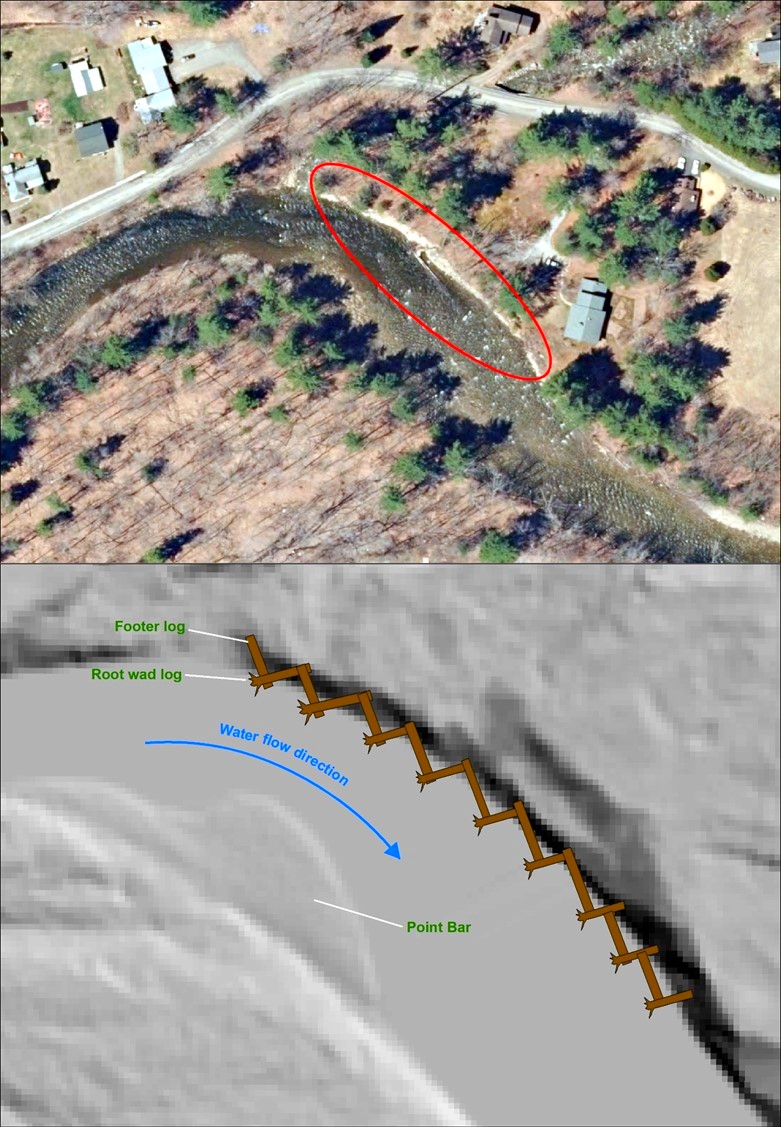
Top: Aerial view of eroding bank (circled in red) near the Hamlet of Keene before placement of toe wood on the outside of a meander bend. Bottom: Close-up view of eroding bank with drawing of toe wood logs. Note how root wad logs are angled upstream. Footer logs are placed perpendicular to the root wad logs with one end of the footer beneath the root wad. The other end of the footer log rests on top of the next root wad log, which increases the stability of the bench.
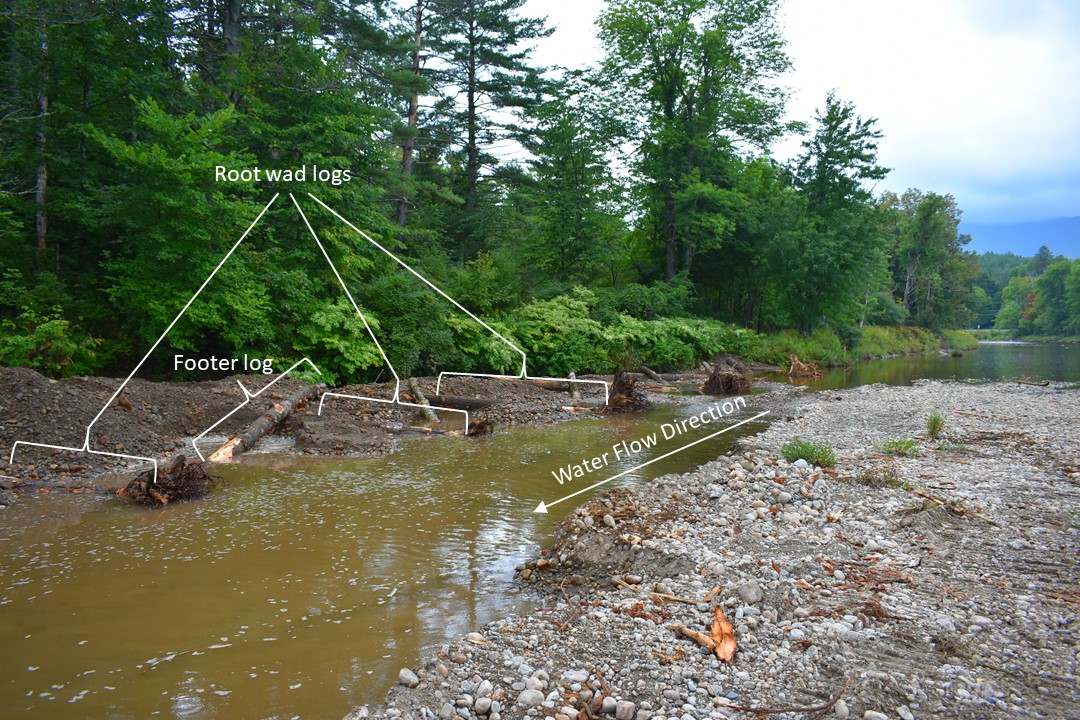
Root wad and footer logs in the first phase of toe wood construction at a restoration site on the East Branch Ausable River in Upper Jay, NY. Root wads are angled upstream. Footer logs are perpendicular to the root wad logs with one end beneath the crown of a root wad and the other end resting on top of the back of the next upstream root wad log.
It takes an experienced equipment operator to position the logs in the base of the bench. Wood is buoyant, and it requires skill to keep the logs from floating away while the foundation is constructed. Small boulders are often used to pin the logs in place at this stage of construction. After the footers and root wad logs are in position, a layer of brush and small logs is placed on top.
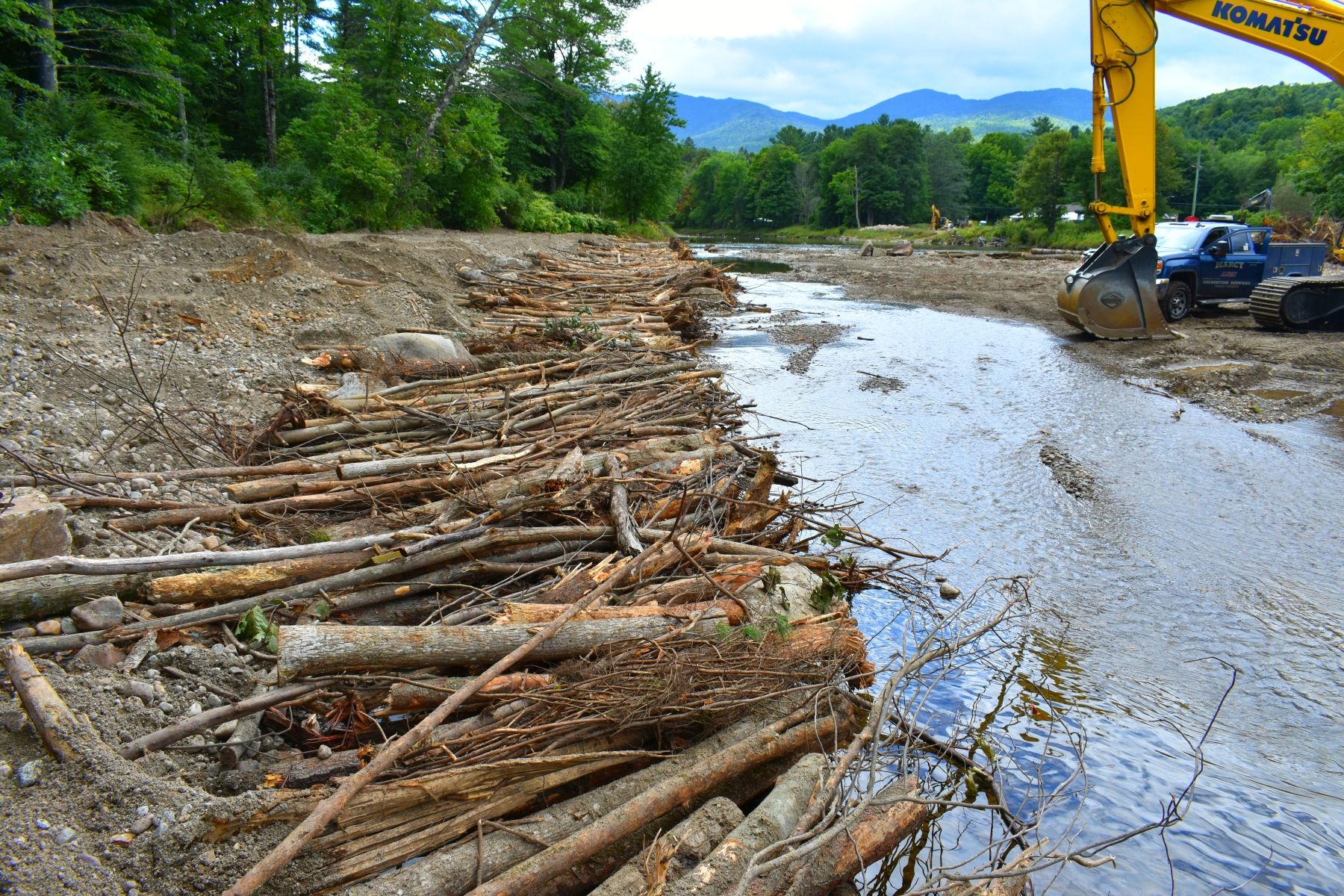
Small logs and brush are placed on top of the footers and root wad logs.
When the small logs and brush are in place, the final phase of construction is to reuse material excavated from the riverbed to build the toe wood bench to the desired height. On most of the projects that AsRA has constructed over the years, there is usually a channel-sculpting component to the restoration. This would include precise excavation of pools and/or reshaping point bars that have aggraded excess material over the years. This river sediment, consisting of sand, gravel, and cobble, is used to create lifts with a thickness of approximately one foot. Before the lifts are constructed, a layer of coir fabric (coconut fiber) is rolled out on top of the brush layer. The fabric is laid out so that there will be several feet of fabric beneath the sediment. Several more feet of fabric are left hanging over the front of the bench. After the sediment is in place, the excess fabric is pulled over the top of the lift, which will help to hold the material in place in the coming years until vegetation can become established on top of the bench. One-foot lifts are added to the bench until it reaches the design height, which usually corresponds to the bankfull flood stage.
Support our river restoration work for clean water and healthy streams. Give with confidence today!
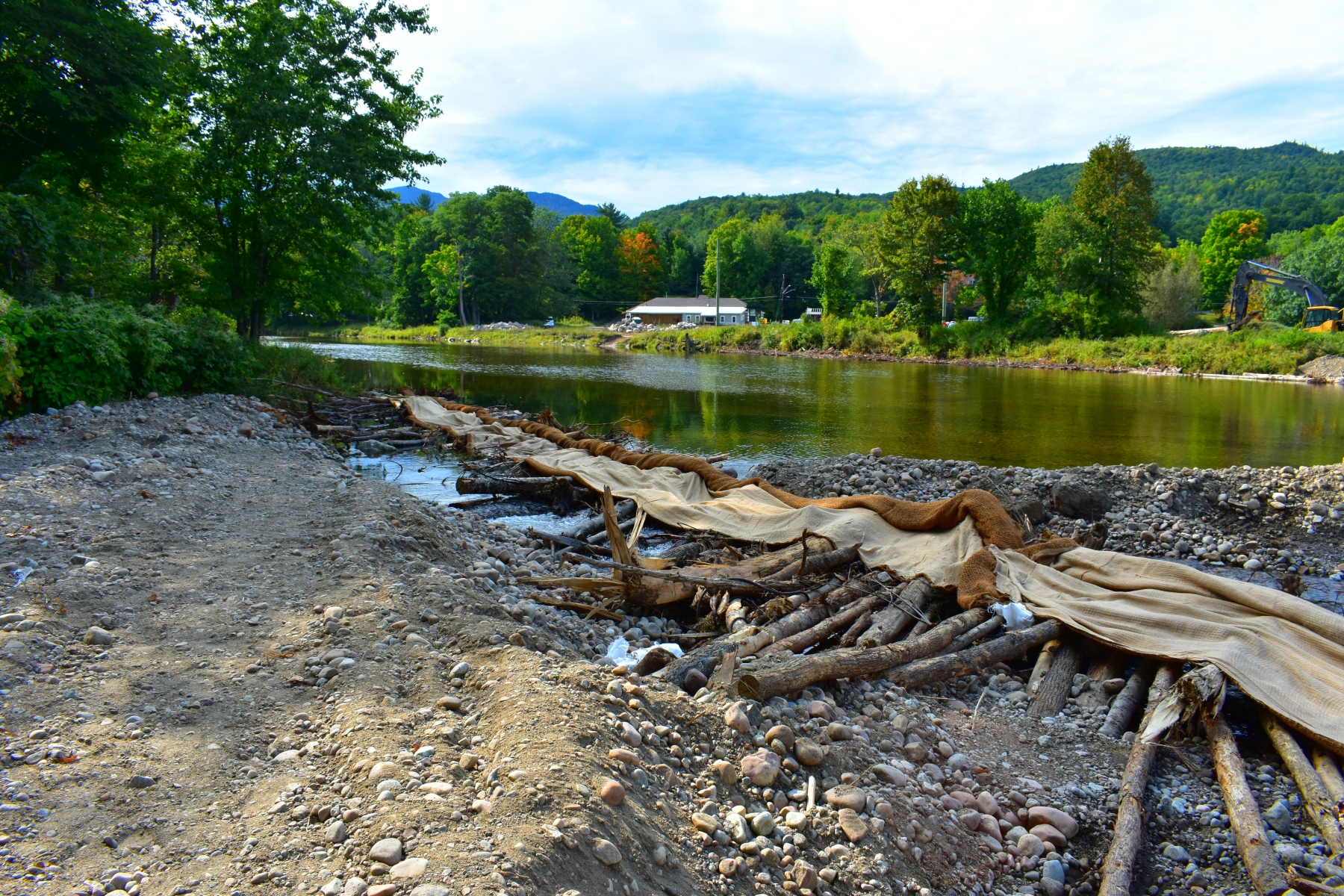
The coir fabric is rolled out on top of the brush. Excess fabric is left on the front of the bench to be pulled on top of the sediment that comprises the first lift.
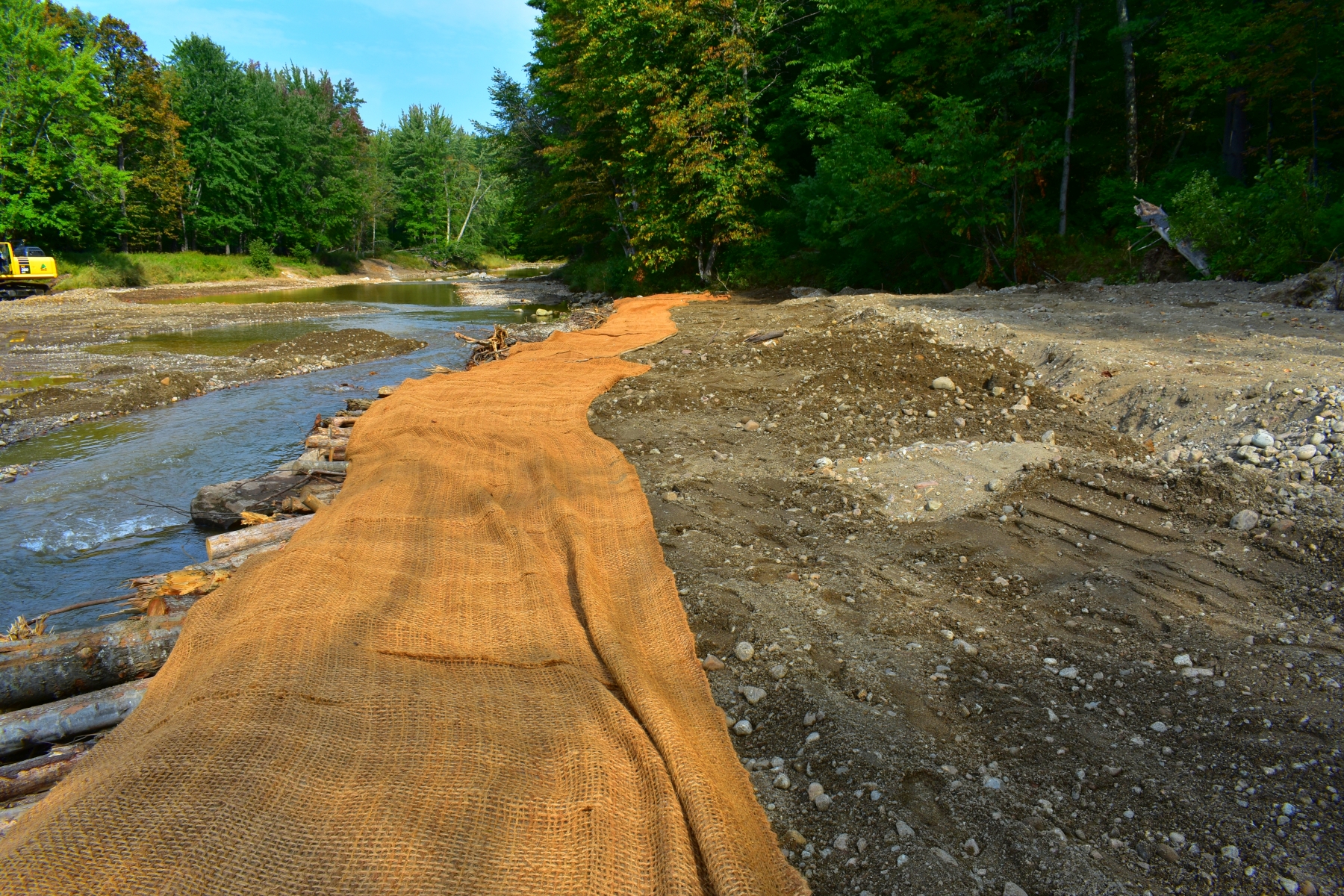
After the first lift is complete, the excess fabric is pulled over the top of the lift to cover it.
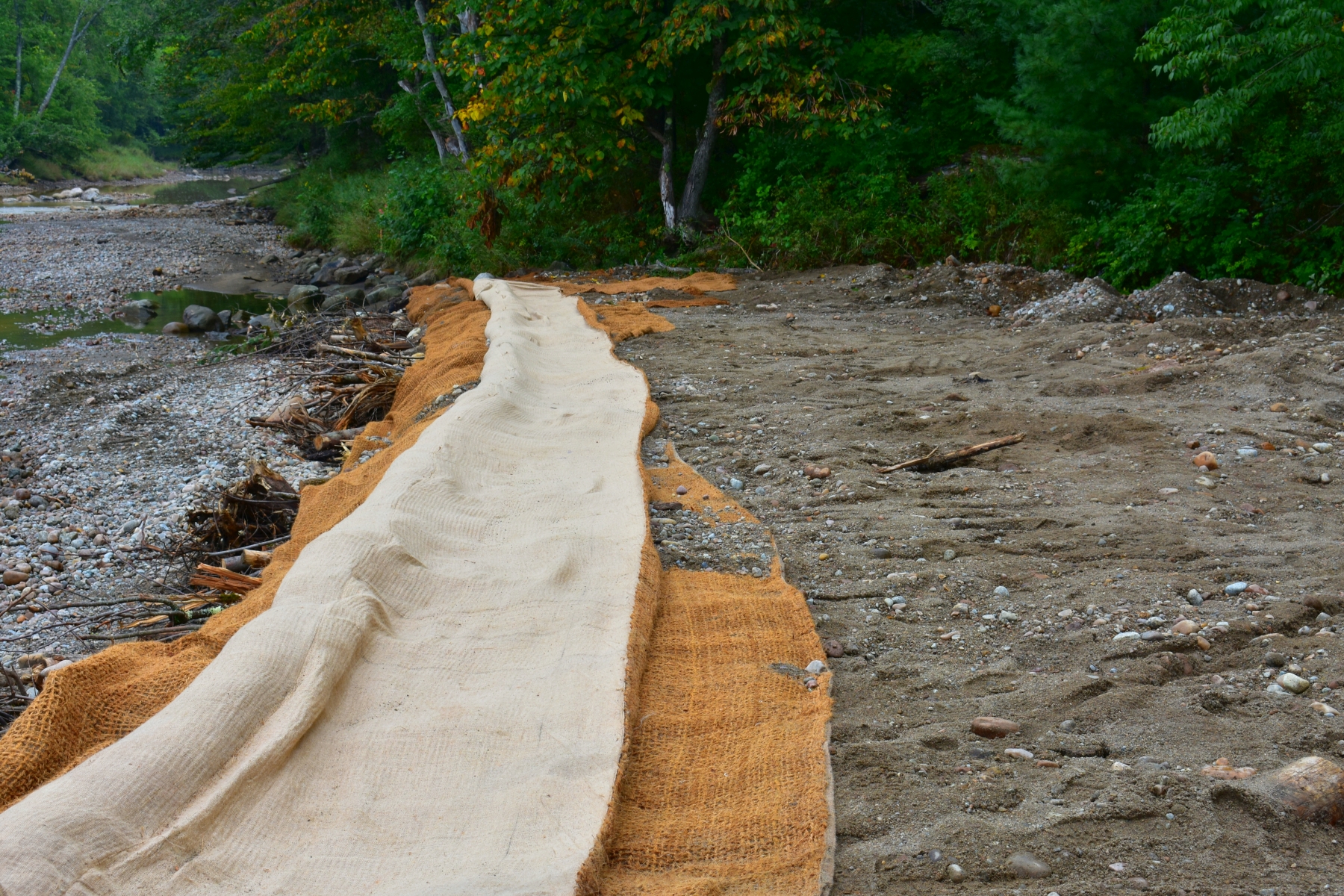
Coir fabric is laid out for a second lift. The front of the lift is set back two to three feet from the front of the lift below it.
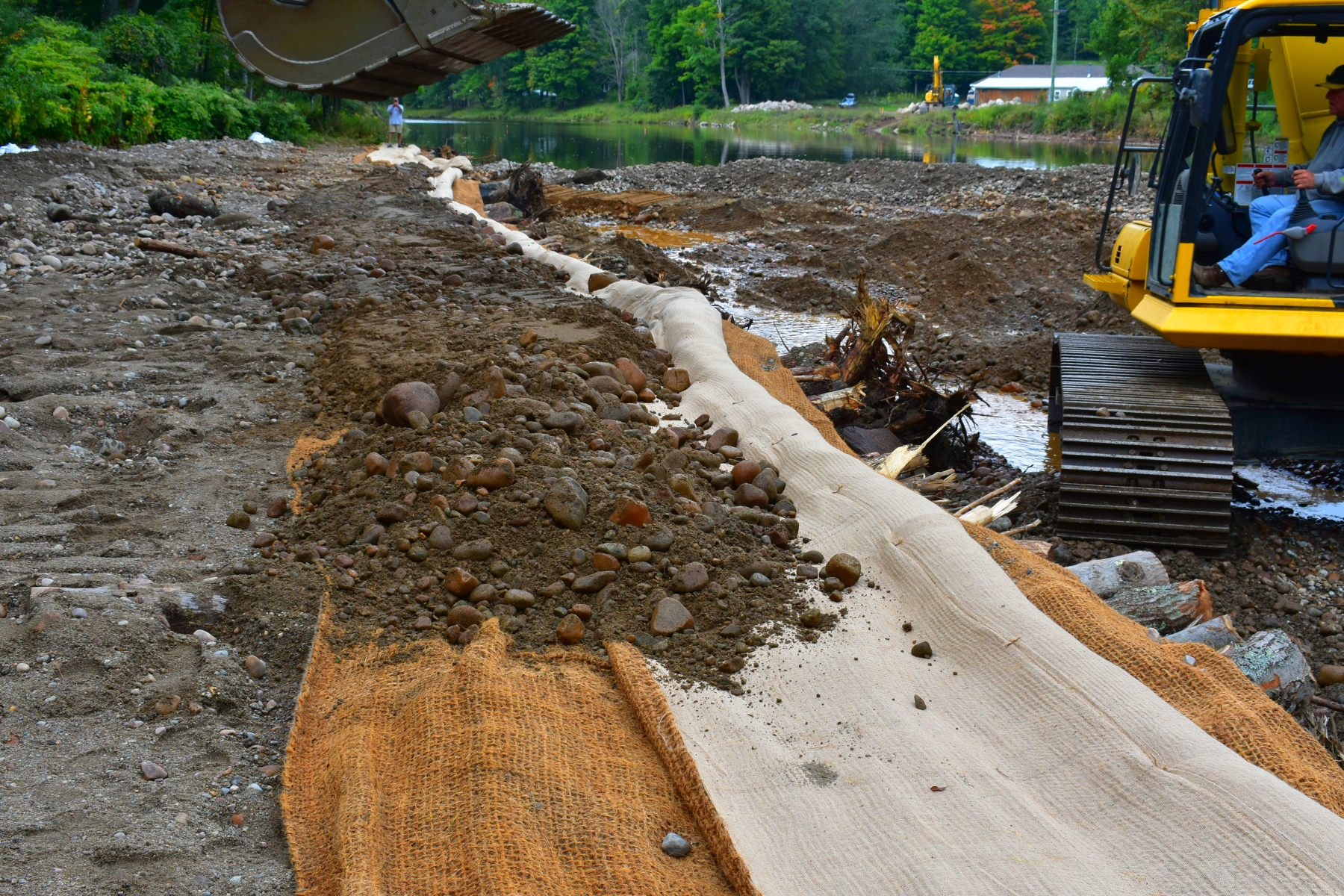
Material is added to the second lift.
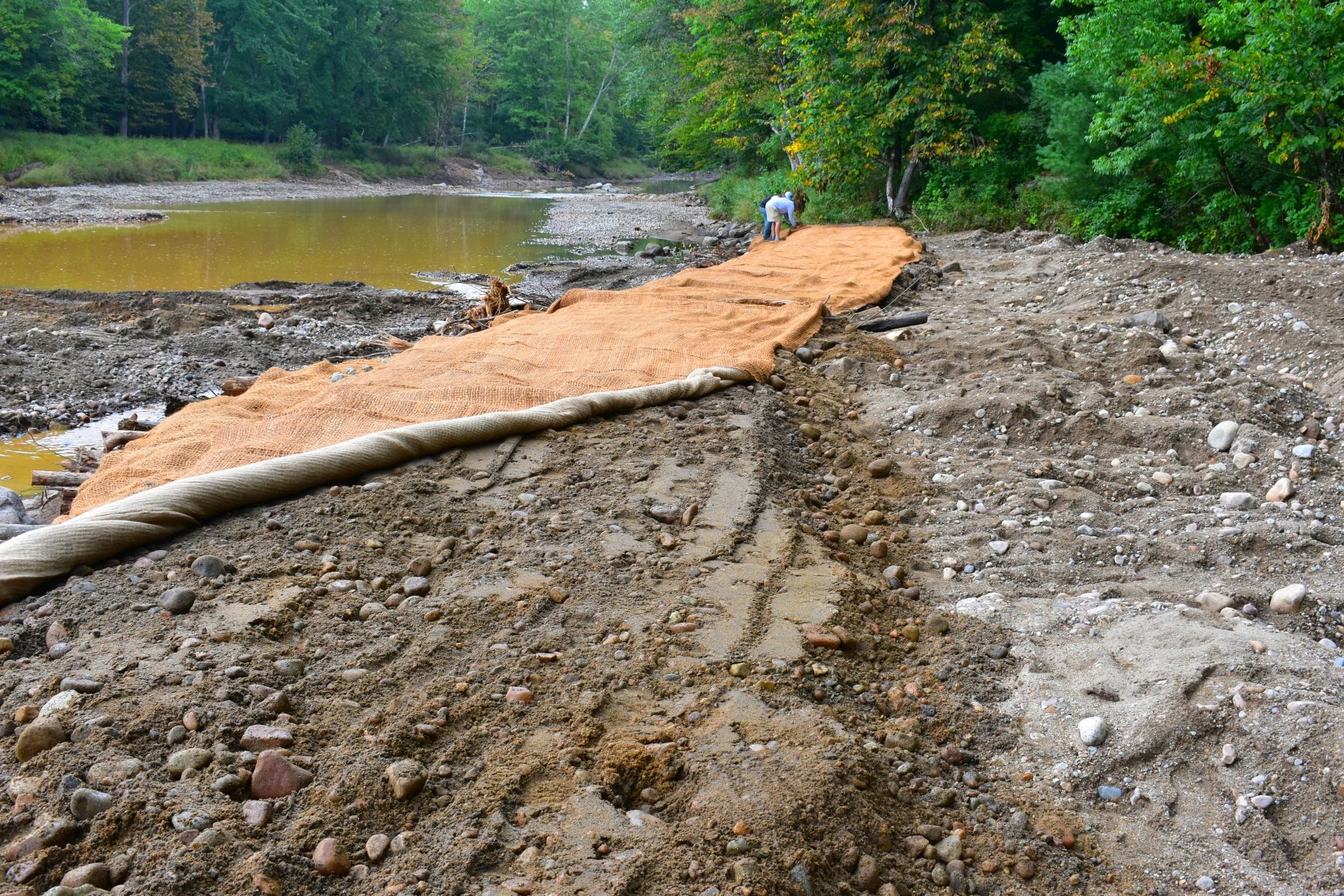
The coir fabric is pulled back to cover the second lift.
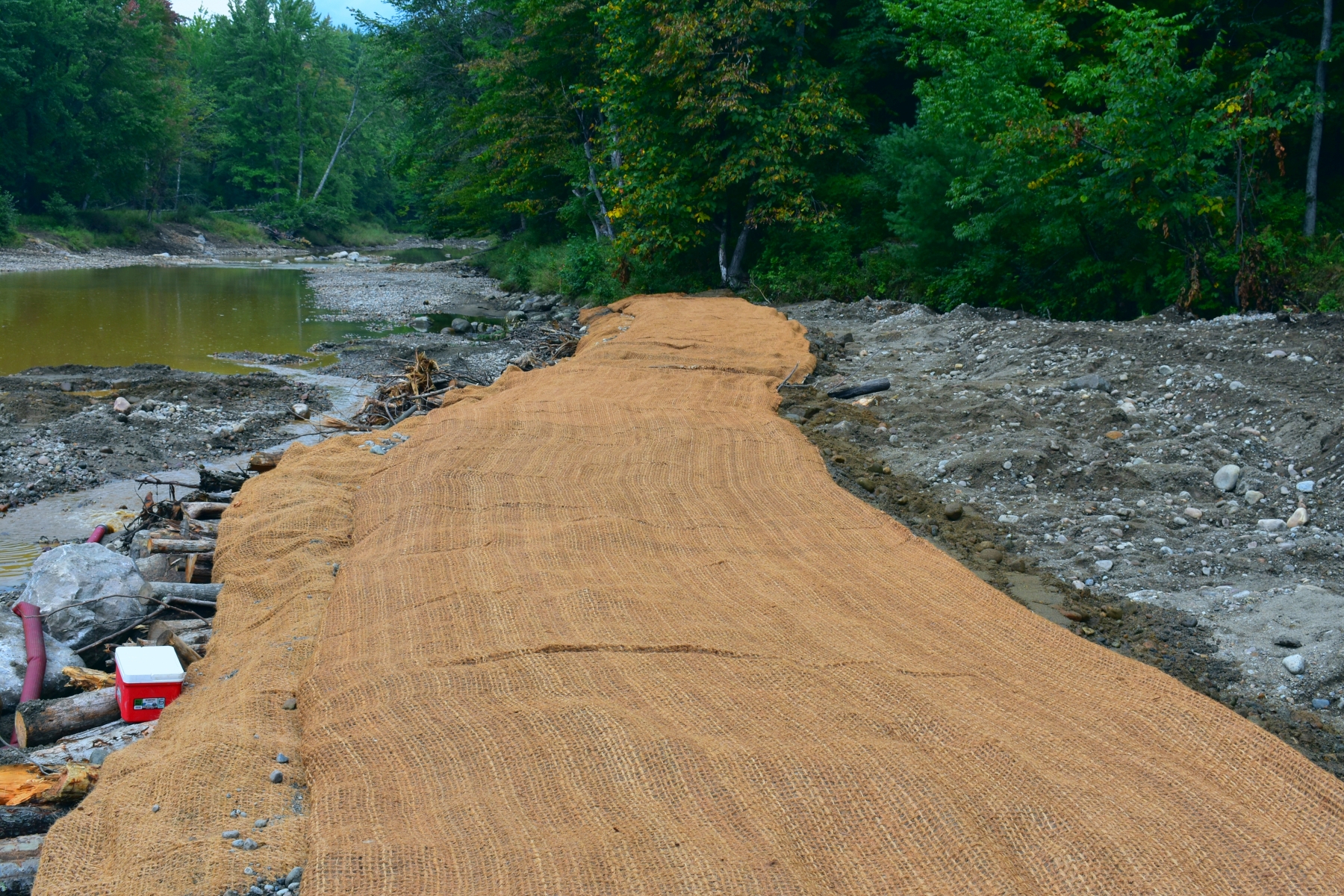
The two lifts have brought the top of the bench to the design height.
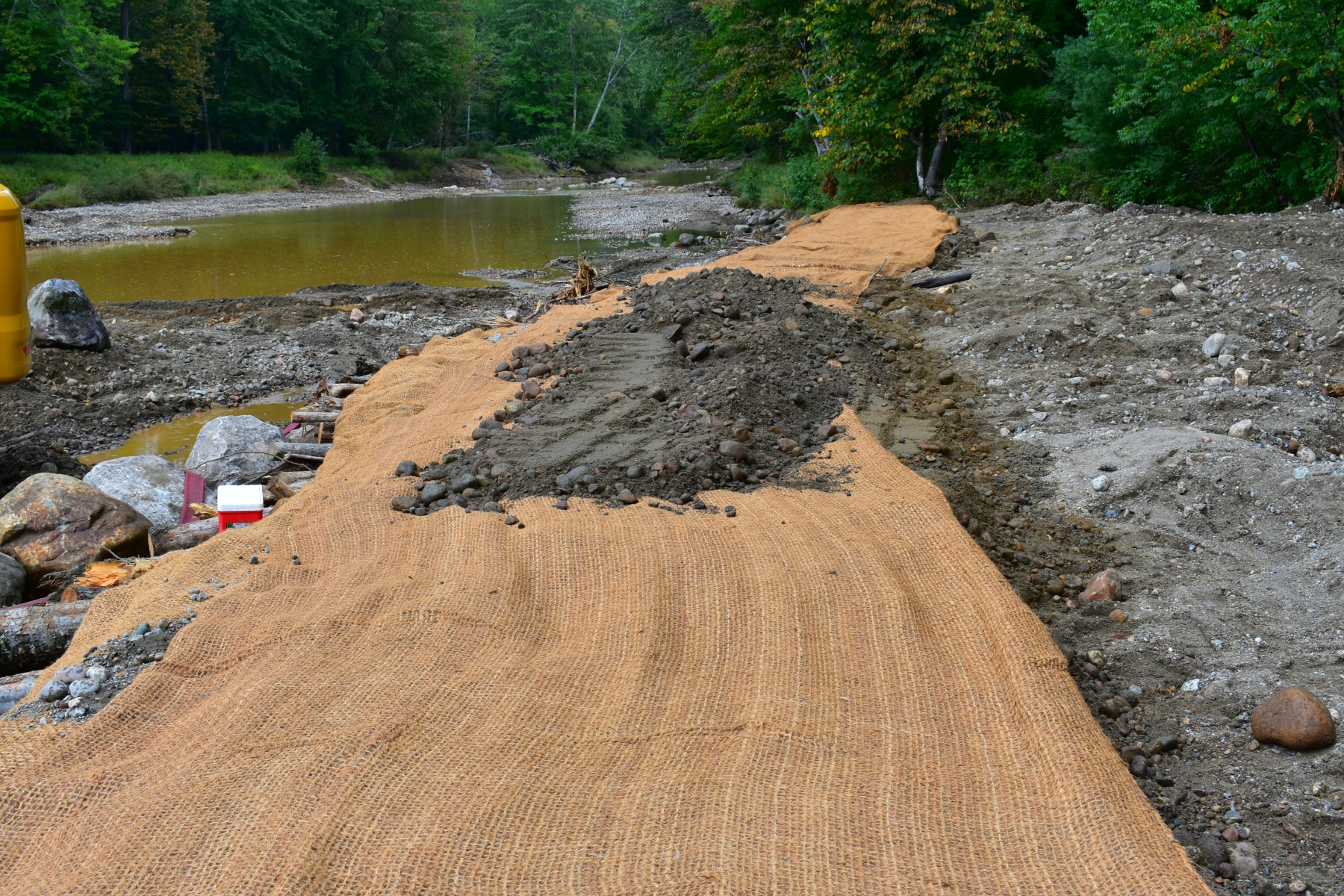
A few more inches of material are sprinkled on top of the last lift to ensure that the coir fabric stays in place.
After constructing the bench to the appropriate height, the final step in the process is to seed the surface of the bench with a mix of native grasses and flowering plants. AsRA also plants trees on top of our toe wood benches, including native willows and dogwoods. Over time, the top of the toe wood bench should be thoroughly vegetated, which helps hold the lifts in place and prevents degradation of the structure.
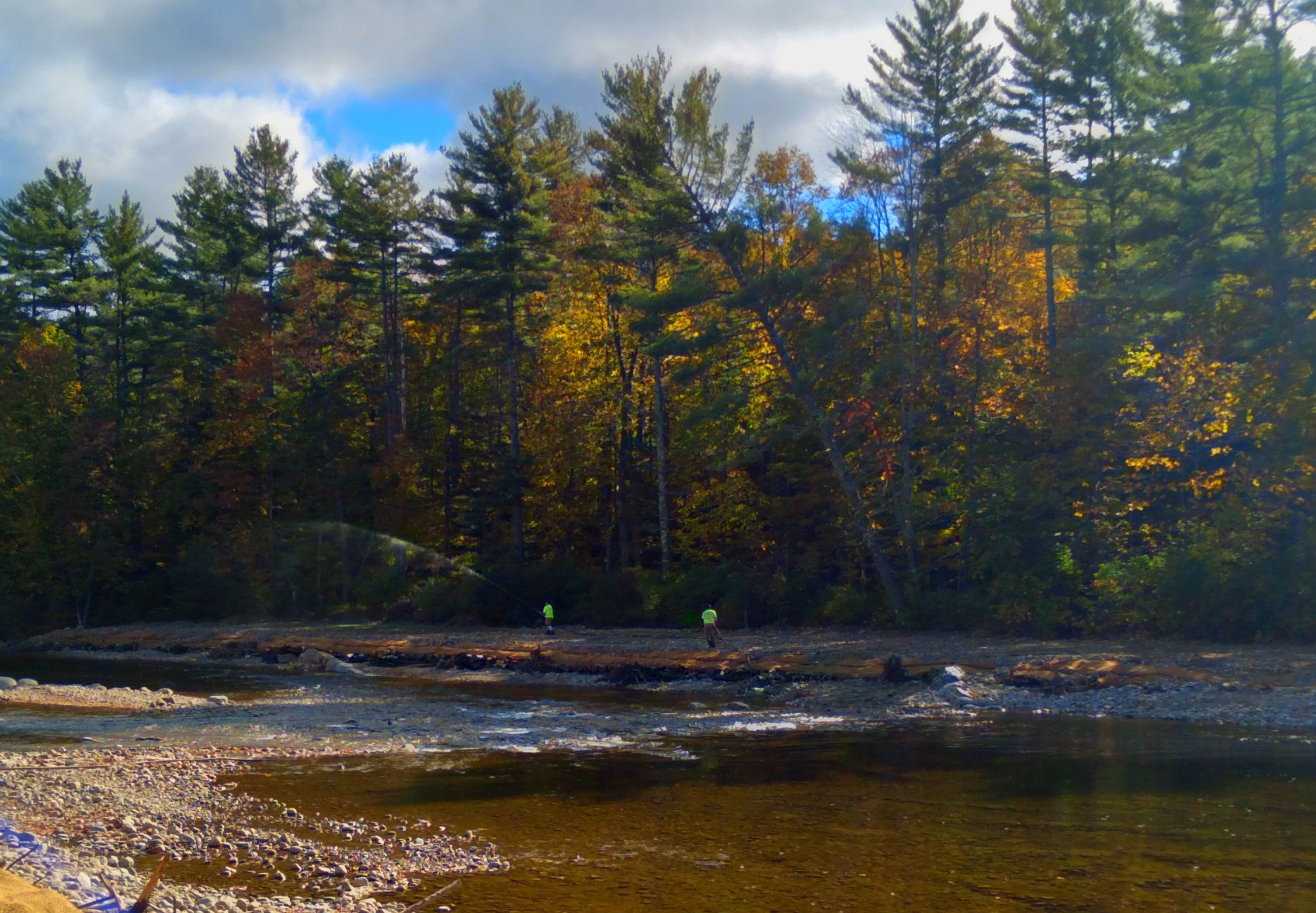
Planting is the final step in the process of toewood construction. Here, workers are hydroseeding a mix of native plant seeds at a toe wood bench completed in 2021 as part of a restoration project in Upper Jay on the East Branch Ausable River.
In the past, eroding banks were often armored with rock (known as riprap) or concrete walls. With careful design based on detailed surveying, the toe wood bench mimics the natural processes that stabilize banks and improve habitat in forested river systems. The addition of roughness from the root wads can modulate the velocities and stresses along the bank to reduce erosion. Riprap and concrete walls often do the opposite of this approach and can increase water velocities, negatively impacting the unarmored banks upstream and downstream of areas with excessive erosion. Toe wood benches are a great example of how we can work with nature, rather than against it, to protect property and infrastructure in a way that benefits aquatic organisms and improves the overall health of the river in the process.
Story and photos by Gary Henry, Stream Restoration Manager. Top photo: Construction of a toe wood bench at restoration site in Upper Jay, NY.
Sign-up for our e-newsletter to get weekly updates on the latest stories from the Ausable River Association.
